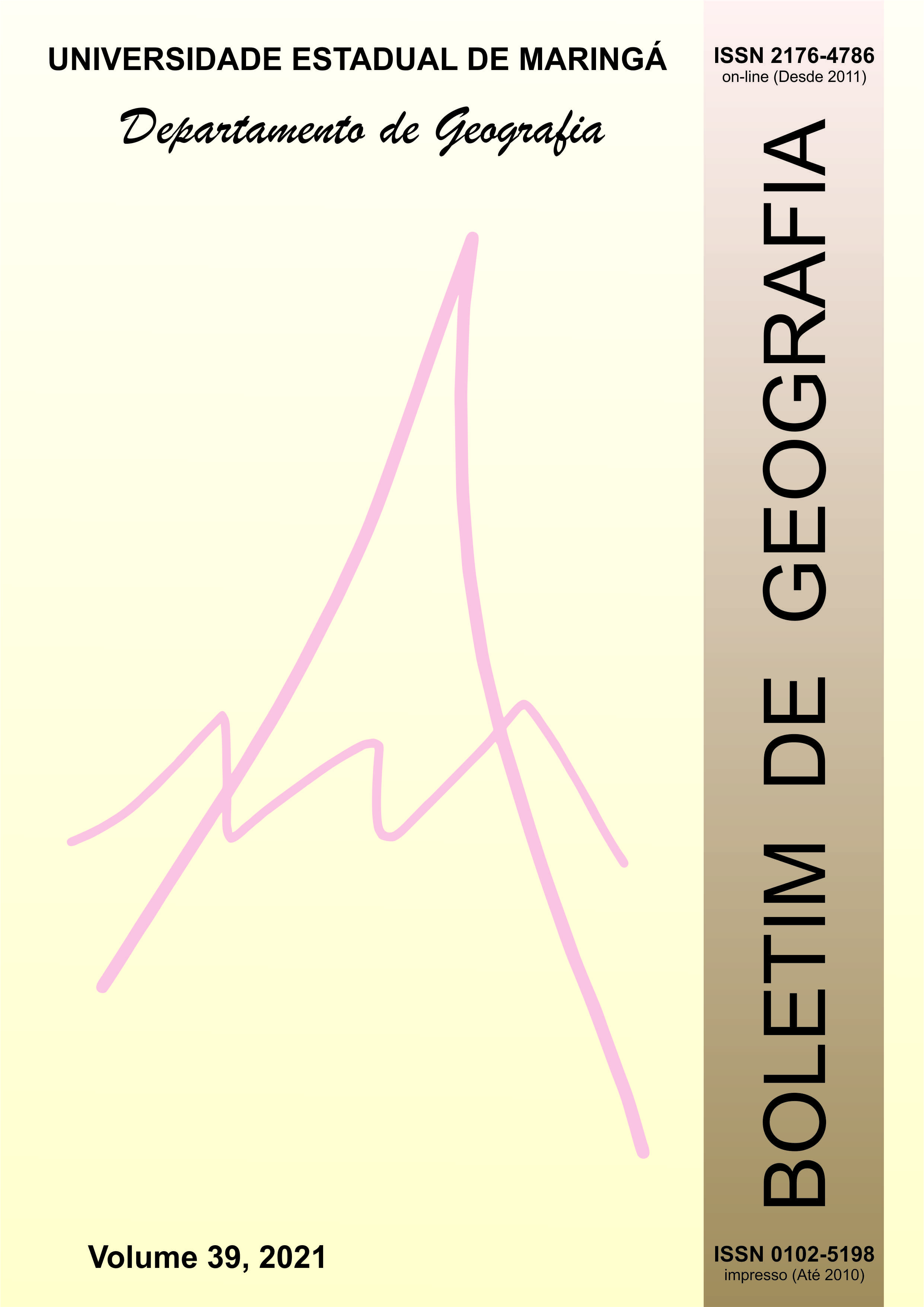Geochemical dynamics in headwaters of Paraiba do Sul Depression: elements for understanding the morphodynamic role of springs and low order drainage
Abstract
Headwaters are complex hydrogeomorphological systems where the combined action of fluvial drainage and underground water that emerges in springs contribute to the landscape evolution. This relationship can lead to hilltops degradation, river capture, drainage network extension, and geochemical loss in slopes. Attempting to clarify the geomorphological processes of mass wasting of these systems, this work aims to investigate the geochemical dynamics in headwaters of Paraiba do Sul Depression, bring elements to understand the role of springs and low order streams on local-regional morphodynamics and morphology. The study area is two headwaters into de Paraiba do Sul Depression, next to its contact with the Northern Serra da Mantiqueira (Minas Gerais, Brazil). We analyse the dissolved load along the drainage network, to understand the inter-scale relationships between local and regional factors that contribute to explain the geochemical denudation of these systems. The results show low chemical mass wasting of great variability (in time and space), with absolute values between 373 and 3,024 kg/km²/y, what corresponds to a relief degradation of 0.6 m/My (average of study area). Therefore, that is a direct relation between geochemical denudation and the drainage hierarchy in headwaters, but little differences in the mineralogy of soils and rocks or disturbances in the seasonal hydrologic characteristics could result in great changes in the evolution pattern of headwaters.
Downloads
Copyright (c) 2021 Boletim de Geografia

This work is licensed under a Creative Commons Attribution 4.0 International License.
O Boletim de Geografia está licenciado através da Creative Commons Atribuição 4.0 Internacional (CC BY 4.0).
Autores que realizam submissões ao Boletim de Geografia concordam com os sequintes termos:
- Autores retêm todos os direitos autorais e concedem à Revista direitos exclusivos da primeira publicação, com o artigo licenciado sob os termos da Creative Commons Atribuição 4.0 Internacional (CC BY 4.0).
- Após a publicação, fica permitido ao autor a republicação em qualquer outros meios de divulgação, desde que mencionada a fonte original.












